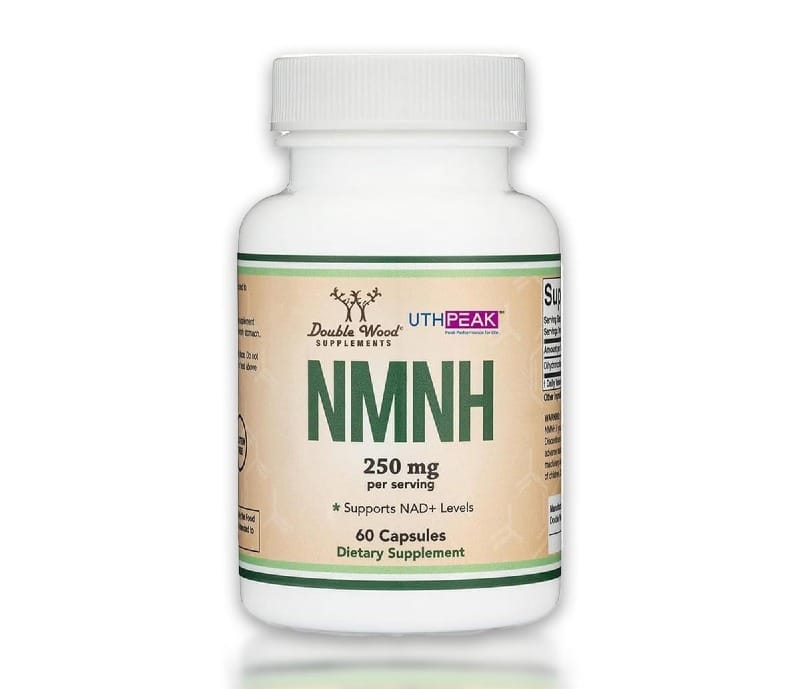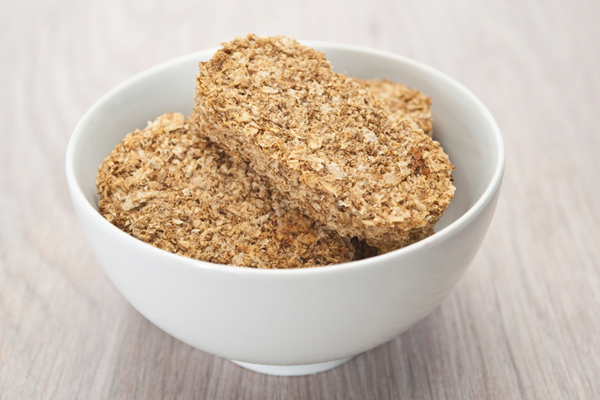A new player has emerged on the scene: NMNH (dihydro nicotinamide mononucleotide). This reduced form of the popular NMN supplement is generating buzz for its potential to enhance NAD+ levels more effectively than its predecessors. But what exactly is NMNH, and does it live up to the hype? Let's dive into the latest research and explore what this newcomer might offer for those seeking to optimize their cellular health and potentially slow down the aging process.
Key takeaways:
• NMNH is a reduced form of NMN, potentially offering enhanced NAD+ boosting capabilities
• Early animal studies suggest NMNH may be more potent than NMN in raising NAD+ levels
• Human research on NMNH is currently lacking, making it difficult to draw firm conclusions about its benefits and safety
• More studies are needed to establish proper dosing guidelines and understand potential side effects
What is NMNH and how does it work?
NMNH, or dihydro nicotinamide mononucleotide, is a reduced form of the well-known NAD+ precursor NMN (nicotinamide mononucleotide). NAD+ is a crucial coenzyme found in all living cells, playing a vital role in energy metabolism, DNA repair, and various cellular processes. As we age, our NAD+ levels naturally decline, which has been linked to many age-related health issues.
The primary mechanism of action for NMNH is similar to that of NMN – it serves as a precursor to NAD+, helping to boost cellular levels of this important molecule. However, the reduced form of NMNH may offer some advantages in terms of cellular uptake and conversion efficiency.
Potential benefits of NMNH supplementation
While human studies on NMNH are still in their infancy, early animal research has shown some promising results:
- Enhanced NAD+ boosting: A study published in the journal Nature Communications found that NMNH was more effective than NMN at raising NAD+ levels in mice liver cells.
- Metabolic effects: The same study observed that NMNH supplementation led to changes in cellular metabolism, including inhibition of glycolysis and the TCA cycle.
- Cellular growth regulation: In vitro experiments suggested that NMNH might have an impact on cell cycle regulation and growth suppression, which could have implications for age-related diseases.
It's important to note that these findings are preliminary and based primarily on animal and cell culture studies. More research, particularly in humans, is needed to confirm these potential benefits and understand their implications for health and longevity.

NMNH vs. NMN and NR: What's the difference?
NMNH is part of a family of NAD+ precursors that includes NMN and NR (nicotinamide riboside). While all three compounds aim to boost NAD+ levels, they have some key differences:
• Chemical structure: NMNH is the reduced form of NMN, containing two additional hydrogen atoms.
• Potency: Early research suggests NMNH may be more potent than NMN in raising NAD+ levels, but human studies are needed to confirm this.
• Research status: NMN and NR have been studied more extensively in humans, while NMNH research is still in its early stages.
NMNH dosage and safety considerations
Given the lack of human studies on NMNH, there are currently no established dosage guidelines or safety profiles for this supplement. The dosages used in animal studies may not translate directly to human use, and it's crucial to approach any new supplement with caution.
For context, NMN supplements typically range from 250mg to 1000mg per day in human studies, with no significant adverse effects reported at these doses. However, it would be premature to assume that NMNH would follow the same dosing pattern or safety profile.
Dr. David Sinclair, a prominent longevity researcher, emphasizes the importance of caution when it comes to new supplements: "While the potential of NMNH is exciting, we need robust human clinical trials to understand its effects, optimal dosing, and any potential side effects."
The future of NMNH research
As interest in NAD+ boosting compounds continues to grow, NMNH is likely to be the subject of increased scientific scrutiny. Several key areas for future research include:
- Human clinical trials to establish safety and efficacy
- Long-term studies to assess the impact on health and longevity
- Comparative studies with other NAD+ precursors
- Investigation of potential synergies with other longevity interventions
Conclusion
NMNH represents an intriguing new direction in the field of NAD+ boosting supplements. While early research shows promise, it's important to approach this compound with a balanced perspective. As with any emerging supplement, more research is needed to fully understand its potential benefits and risks.
For those interested in optimizing their cellular health, it's crucial to stay informed about the latest developments in longevity science. However, it's equally important to prioritize well-established health practices such as a balanced diet, regular exercise, quality sleep, and stress management.
As we await more conclusive research on NMNH, consider consulting with a healthcare professional before adding any new supplements to your regimen. The field of longevity science is rapidly evolving, and staying informed while maintaining a critical perspective is key to making the best decisions for your health.
References:
- Yang, Y., Mohammed, F. S., Zhang, N., & Sauve, A. A. (2019). Dihydronicotinamide riboside is a potent NAD+ concentration enhancer in vitro and in vivo. Journal of Biological Chemistry, 294(23), 9295-9307.
- Yoshino, J., Baur, J. A., & Imai, S. I. (2018). NAD+ intermediates: The biology and therapeutic potential of NMN and NR. Cell metabolism, 27(3), 513-528.
- Trammell, S. A., Schmidt, M. S., Weidemann, B. J., Redpath, P., Jaksch, F., Dellinger, R. W., ... & Brenner, C. (2016). Nicotinamide riboside is uniquely and orally bioavailable in mice and humans. Nature communications, 7(1), 1-14.
- Rajman, L., Chwalek, K., & Sinclair, D. A. (2018). Therapeutic potential of NAD-boosting molecules: the in vivo evidence. Cell metabolism, 27(3), 529-547.
Citations:
[1] https://healthnews.com/longevity/longevity-supplements/nmnh-supplemen
[2] https://healthnews.com/longevity/longevity-supplements/nmnh-supplements-benefits-dosage-and-more/
[3] https://www.thefutureofhealth.co/p/the-longevity-supplements-market
[4] https://www.emedicinehealth.com/what_does_nmn_do_for_the_body/article_em.htm
[5] https://www.portlandseogrowth.com/keywords-for/vitamins-and-supplements/
[6] https://www.healthline.com/health/nmn-nicotinamide-mononucleotide-benefits-side-effects-and-dosage
[7] https://www.ncbi.nlm.nih.gov/pmc/articles/PMC7238909/
[8] https://pubmed.ncbi.nlm.nih.gov/33793246/
[9] https://www.forbes.com/health/supplements/nicotinamide-mononucleotide/













Member discussion